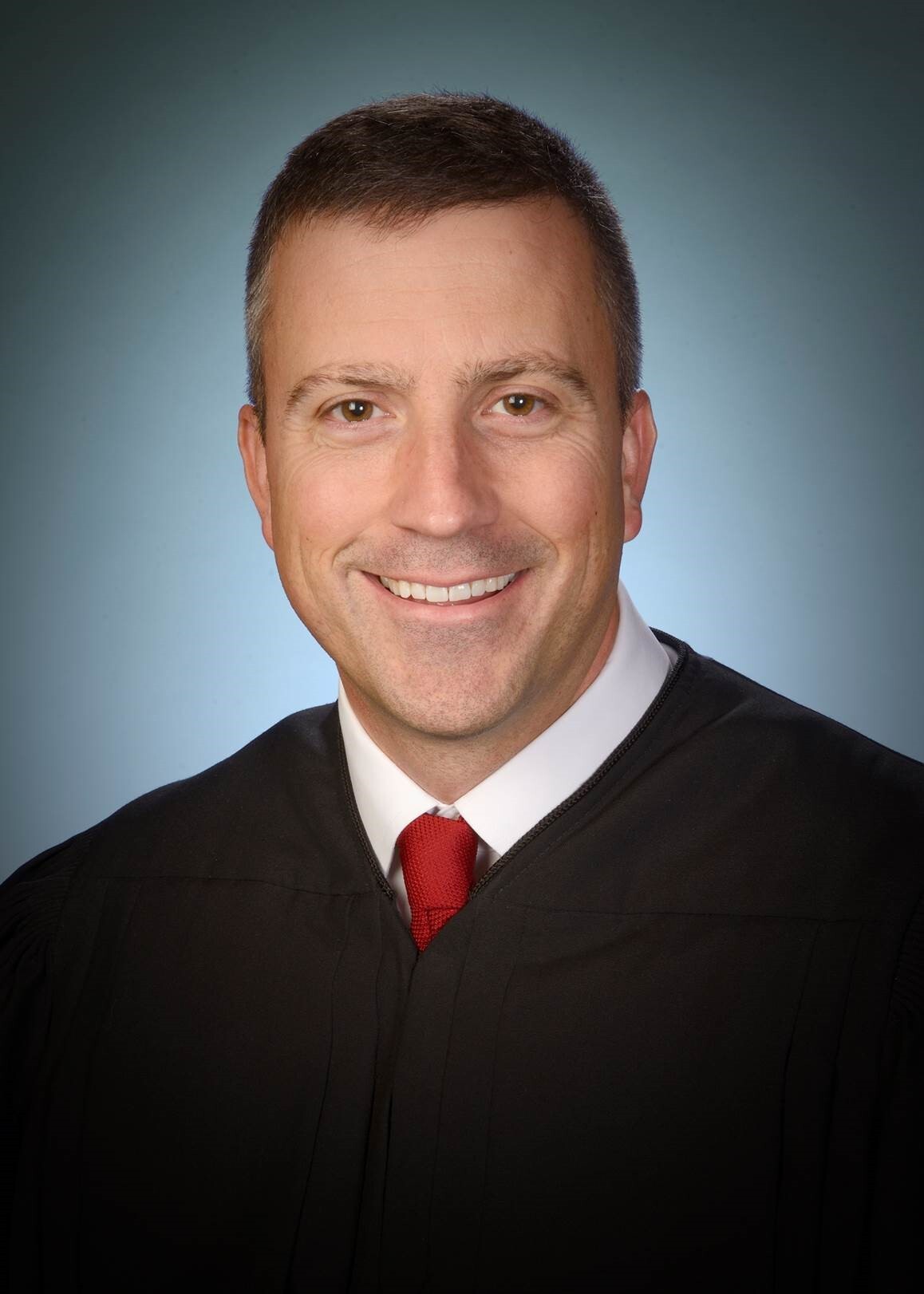But even as Currie proudly championed the bill, she would not know the full story behind it until after Roe fell more than five years later.
In an interview, she explained that she thought her vision for a 15-week cutoff,
rooted in her foundational story of the beating fetal heart,
had driven the plan.
No one had told her that A.D.F. had coordinated its strategy with Taylor before their meeting,
or that 15 weeks was part of its specific legal plan to undermine Roe, she said.
Or that Tseytlin had brainstormed this possibility at Leonard Leo’s Federalist Society cocktail hour
and advanced it at an upscale California resort alongside Republican leaders and attorneys.
When Gov. Phil Bryant of Mississippi signed the bill into law, with Currie smiling next to him,
it became the tightest restriction on abortion in the nation.
It made no exceptions for rape or incest, just a narrow provision to preserve the life of the woman or in cases of “severe” fetal abnormality.
Less than an hour later, Jackson Women’s Health Organization
— the Pink House
— filed a lawsuit through their attorneys at the Center for Reproductive Rights.
The Pink House performed abortions only until 16 weeks of pregnancy,
the center’s lawyers wrote,
and had done just 78 abortions when the fetus was identified as being 15 weeks or older in 2017.
Going after that small fraction, of course, was exactly the plan.
Not too early in pregnancy and not too late,
but exactly the line that might compel the Supreme Court to wade back into the subject of abortion.
“We were seeking to be incremental and strategic,” Taylor said.
Christian activists, he said, were learning to control their “moral passion” so as not to lose sight of their long-term goal.
There were still so many unknowns.
For the law to serve its intended purpose, anti-abortion activists needed a majority on the Supreme Court.
A.D.F. attorneys and their allies like Tseytlin had designed the legislation to target Kennedy,
but what they couldn’t foresee was that Kennedy would retire that summer,
allowing Trump to fill a second seat,
this time with Brett #Kavanaugh.
Now conservatives had a 5-4 split on the Supreme Court,
with Kavanaugh joining Roberts, Alito, Clarence Thomas and Neil Gorsuch.
And there was more to come.
“As a Christian,” Currie said, “sometimes you don’t know God’s plan, and he kind of makes things happen.”
In her Virginia office just across the Potomac River from Washington,
Marjorie Dannenfelser, of the Susan B. Anthony List
(now known as Susan B. Anthony Pro-Life America)
and the A.D.F. board,
had a detailed map drawn on a wall-size whiteboard.
From a distance, it looked like the kind used by political campaigns to track polling and turnout, swing districts and congressional votes.
But this one was color-coded to indicate states where Republicans held both the state legislature and the governor’s mansion
and was partitioned by circuit-court-of-appeals jurisdiction.
By early 2019, Republicans held complete control of state governments in 22 states,
giving them total power over abortion legislation.
Some 20 cases, with different legal strategies to gut Roe and Casey, were in litigation in lower courts.
A magenta triangle meant the state had passed a
“heartbeat bill,”
generally a ban that started around six weeks;
a green square signified a “pain-capable” abortion law,
typically a 20-week ban.
Red stars showed the federal appeals courts where judges nominated by Republicans outnumbered those nominated by Democrats
— of the 11 on the board, they controlled seven.
It was a map of how all the laws were moving up toward the ultimate court that mattered.
And now, on Sept. 18, 2020,
with the news of Justice Ruth Bader Ginsburg’s death,
Dannenfelser and her compatriots could capture another majority.
The kind of Supreme Court supermajority that could take down Roe.
(7/n)


